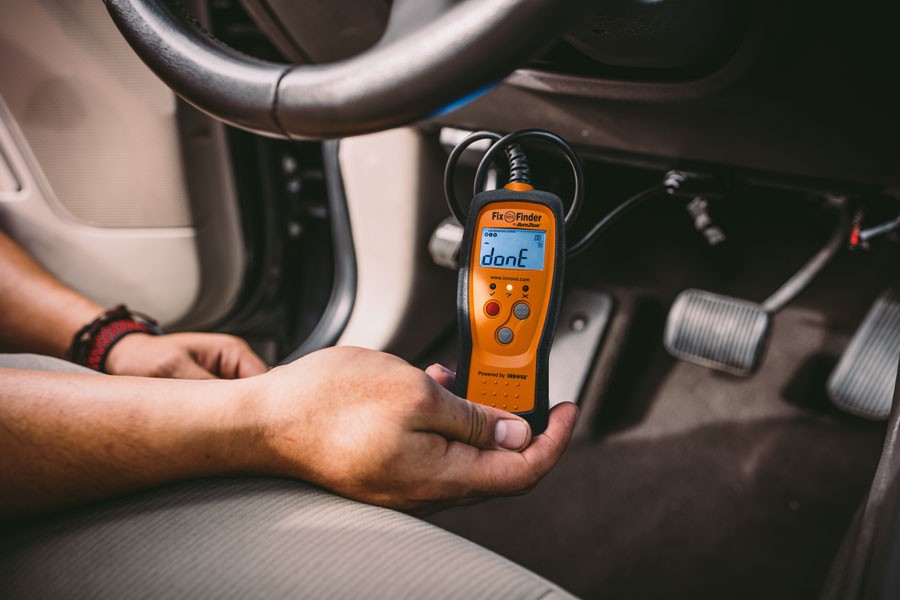Connecting an OBD2 scanner to your car is the first step in diagnosing car problems. But how do you use it, and what do the codes mean? This guide provides clear Can Obd2 Code Reader Instructions to help you understand and use your OBD2 scanner.
Connecting Your OBD2 Scanner: A Step-by-Step Guide
Locating the OBD2 port is easy. It’s a 16-pin trapezoid-shaped connector usually found under the driver’s side dashboard. Sometimes, it might be hidden in the center console or under the passenger side.
Connecting the scanner is straightforward:
- Turn off the ignition. This prevents any electrical issues.
- Connect the scanner to the OBD2 port. The connector only fits one way, so align the trapezoidal shapes and push firmly.
- Turn the ignition to the ‘on’ position without starting the engine. This powers up the scanner.
- Wait for the scanner to boot up. This may take a few seconds.
- Enter vehicle information if prompted. Some scanners require information like engine size or VIN.
 alt
alt
Navigating the OBD2 Scanner Menu
Once your scanner boots up, you’ll see a menu with various options:
- Read Codes: Displays Diagnostic Trouble Codes (DTCs) indicating potential problems.
- Erase Codes: Clears stored DTCs after repairs. Always confirm before erasing.
- Live Data: Shows real-time sensor readings, helping identify issues.
- Freeze Frame: Displays vehicle parameters at the moment a DTC was set.
- Vehicle Info: Provides basic vehicle information.
- I/M Readiness: Shows emissions-related system status for smog tests.
Use the buttons on your scanner to navigate the menu, select options, and return to previous screens. Even Bluetooth or Wi-Fi scanners controlled by smartphones have similar menu structures.
Deciphering OBD2 Trouble Codes
When you select “Read Codes,” you’ll see codes like “P0301.” Understanding these codes is crucial.
The first letter indicates the system:
- P: Powertrain (engine, transmission, emissions)
- B: Body (airbags, interior systems)
- C: Chassis (suspension, steering)
- U: Network communication
The first number is a 0 for generic codes or a 1 for manufacturer-specific codes. The remaining numbers pinpoint the specific fault within the system. For example, in “P0301”:
- P: Powertrain
- 0: Generic code
- 3: Ignition system or misfire
- 01: Cylinder 1 misfire
Using Your OBD2 Scanner to Save Money
An OBD2 scanner can save you money in several ways:
- Early Diagnosis: Identify potential problems before they become major.
- Smog Test Readiness: Check if your vehicle will pass emissions testing.
- DIY Repairs: Diagnose and fix simple issues yourself, saving on labor costs. For example, a P0138 code indicates a faulty oxygen sensor, a relatively easy DIY replacement.
Conclusion
Understanding can OBD2 code reader instructions empowers you to take control of your car’s maintenance. By learning to use your scanner and interpret the codes, you can diagnose problems early, potentially saving time and money on repairs. An OBD2 scanner is a valuable tool for any car owner.